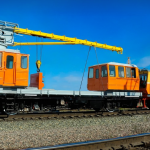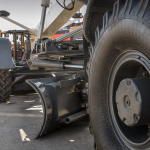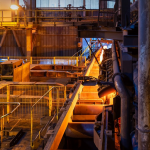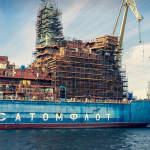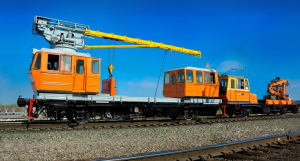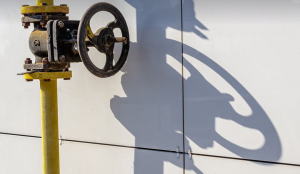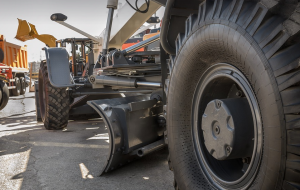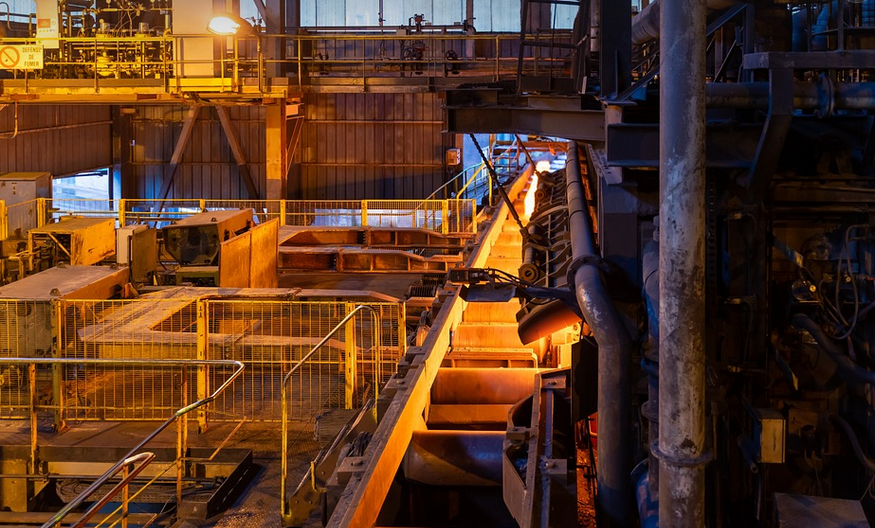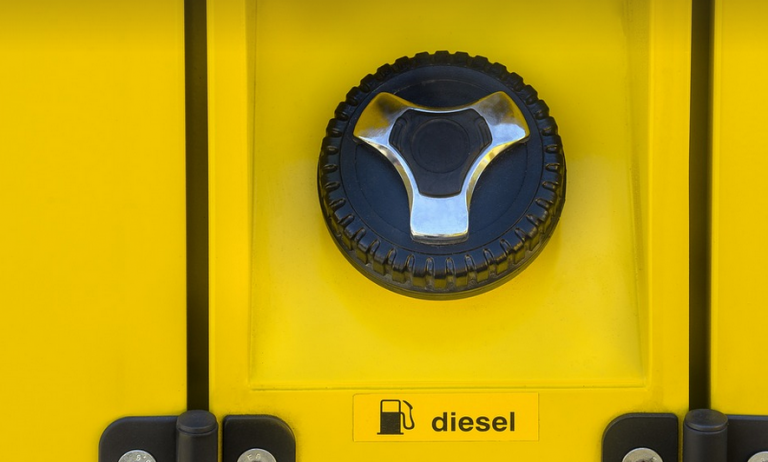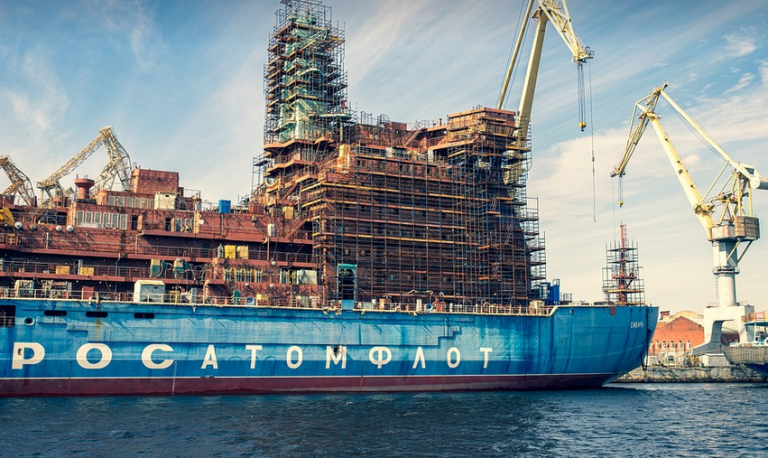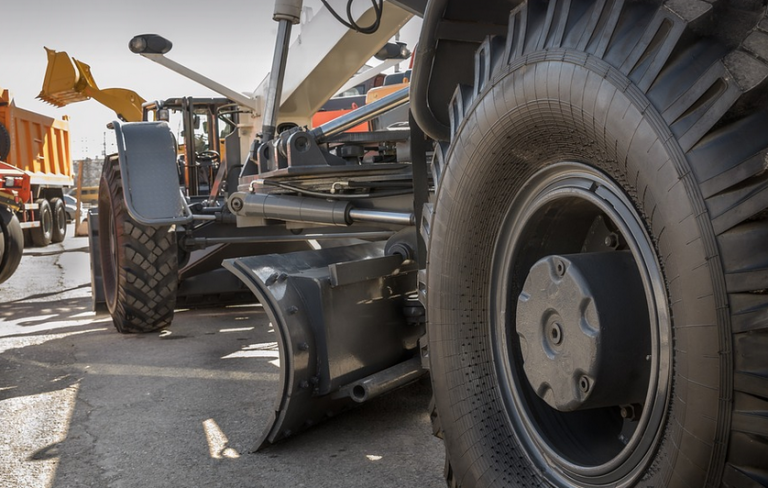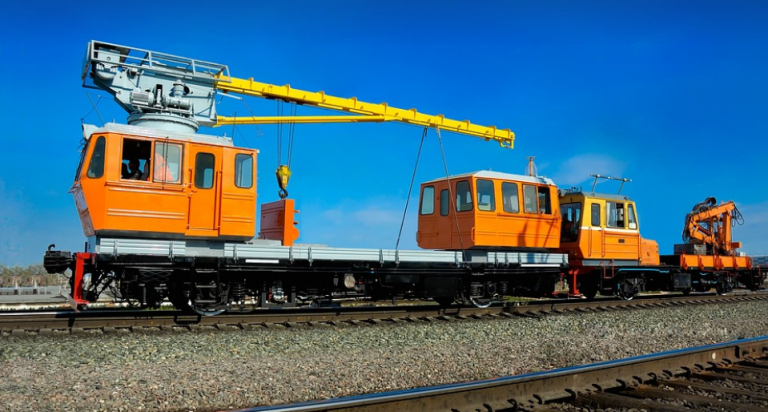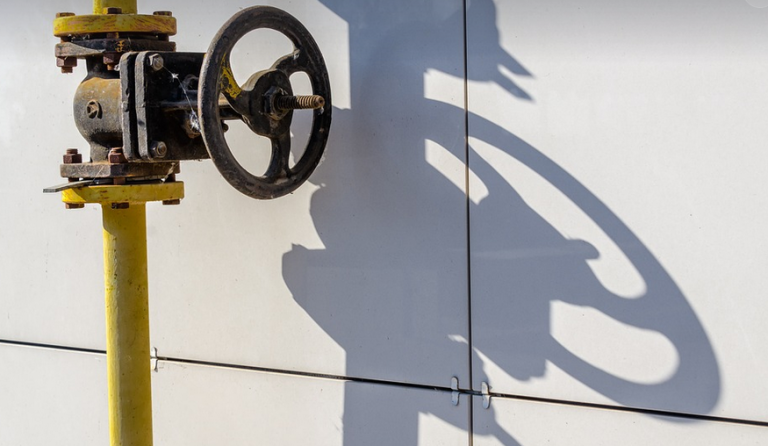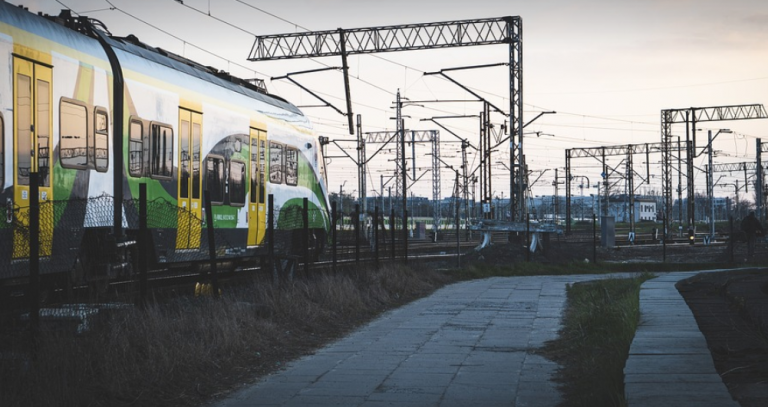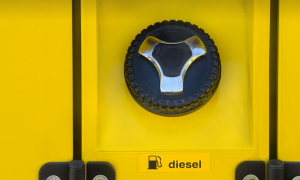A Visual Guide to Welding Excellence
Ever wondered what makes a welding job truly shine or how it all goes from raw metal to a seamlessly connected piece of machinery? Well, you’ve come to the right place. Today, we’re diving deep into the world of good welding – exploring what makes a good weld not just functional but visually pleasing and technically top-notch.
First things first, let’s talk about the importance of aesthetics in welding. While function is paramount, a beautiful weld can be a testament to skill, precision, and artistry. Imagine a steel beam bridging a highway, its joints flawlessly merged – wouldn’t it look amazing? This beauty goes beyond mere visual appeal; good welds can add value to your projects, demonstrating care and attention to detail that inspires confidence in the finished product.
Good welding is all about achieving a balance between functionality and aesthetic appeal. It’s not just about making the weld strong enough to withstand pressure, but also about creating an aesthetically pleasing finish that reflects the quality of the craftsmanship involved. This fusion of form and function is what elevates a good weld from ordinary to extraordinary.
Now, let’s dissect some visual cues of a truly excellent weld. First, pay attention to the **bead**. It’s not just about building up metal; it’s about shaping it into a smooth, even bead that seamlessly integrates with the base material. The bead should be well-defined, clean, and free from excess spatter – which is essentially metallic debris resulting from the welding process.
A good bead indicates precise control over the welding torch, demonstrating a skilled operator’s ability to manipulate heat without damaging the underlying metal. A perfect bead is the cherry on top of a successful weld. It signifies accuracy and precision, adding a touch of artistic flair to your work. Remember, when you spot a neat, well-defined bead, it’s a clear indication that the welder possesses the technical skill and understanding required.
Next, we have the **joint**. A good weld joint should be visually seamless, with no visible imperfections or gaps. The metal must be properly fused together, creating a seemingly invisible line between the two pieces of work. Think about it – what would happen if you tried to join two pieces of metal together without any smooth transition? The result wouldn’t be pretty.
A great weld joint is like a masterpiece; every element aligns perfectly, contributing to the overall harmony of the structure. It’s not just about strength but also about aesthetics – it tells the story of the welder’s skill and attention to detail. A visually flawless joint conveys that you take pride in your work.
Then there is the **finish**. The final result should have a smooth, polished sheen that contrasts with the raw metal surrounding it. The weld should be free from any rough edges or inconsistencies, blending seamlessly with the surrounding material. Good welding doesn’t leave behind traces of the process – it leaves nothing but a flawless, harmonious outcome.
A good weld is about more than just strength and technical skill; it’s also about respecting the materials used and appreciating their unique characteristics. Good welding involves understanding how the metal behaves under stress and pressure, and then using this knowledge to craft a robust joint. It’s an art that blends science with artistry.
Finally, let’s talk about **repair welding**. A good repair weld needs to be as strong and durable as the original weld – often more so. A skilled welder takes pride in their ability to seamlessly join damaged sections of metal without disrupting the structural integrity or aesthetics of the machine or building.
Good repair welding requires careful planning, attention to detail, and a deep understanding of materials. It’s not just about patching holes; it’s about preserving the integrity and value of the entire structure – even when dealing with older or damaged metal.
